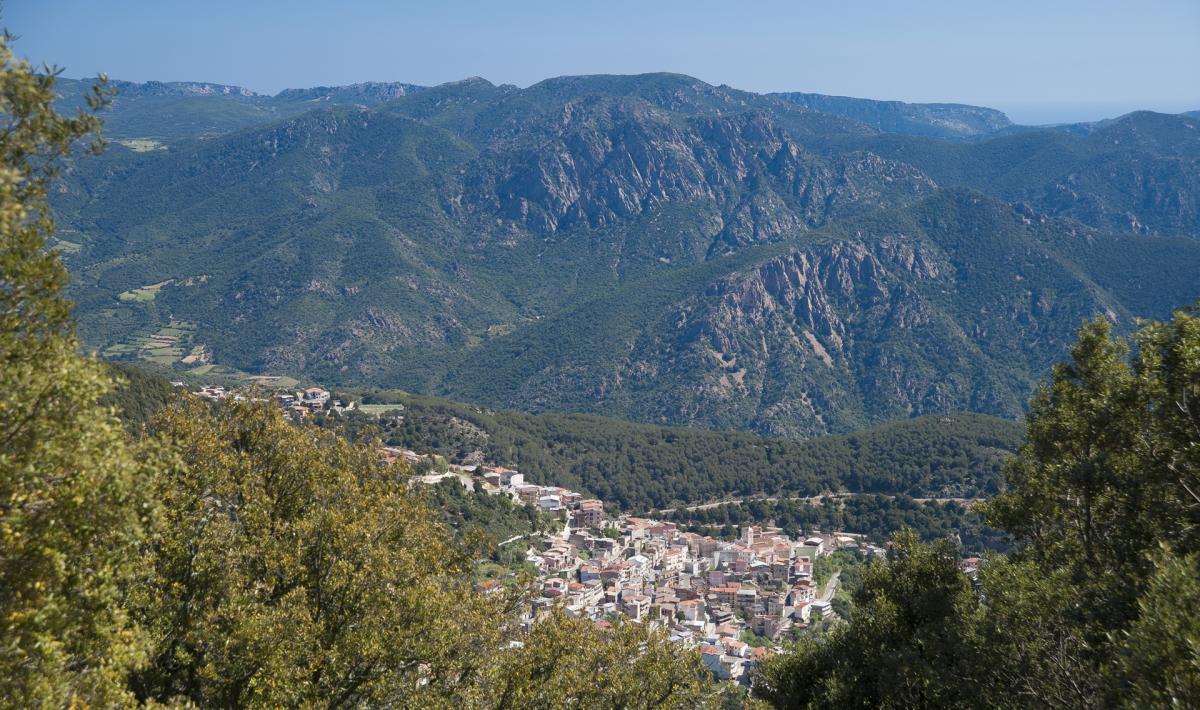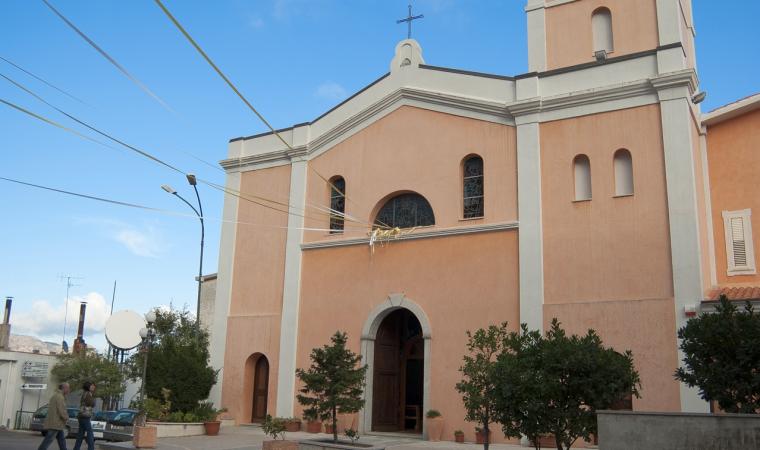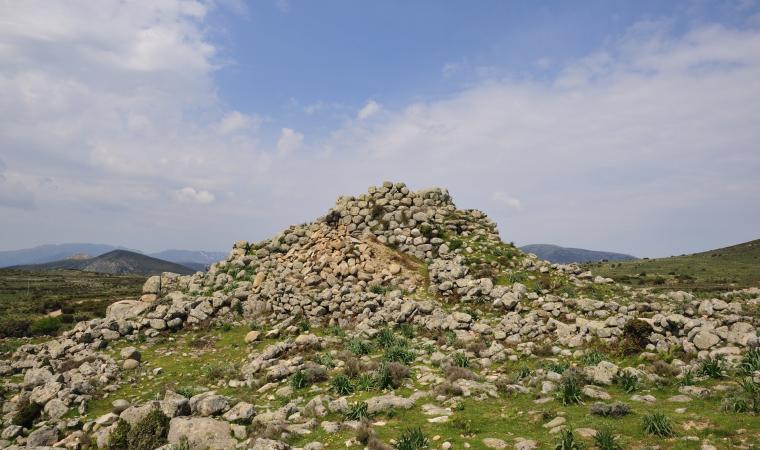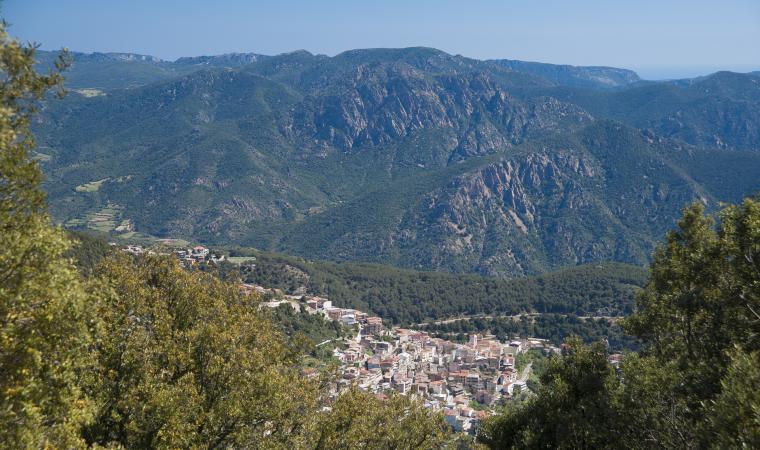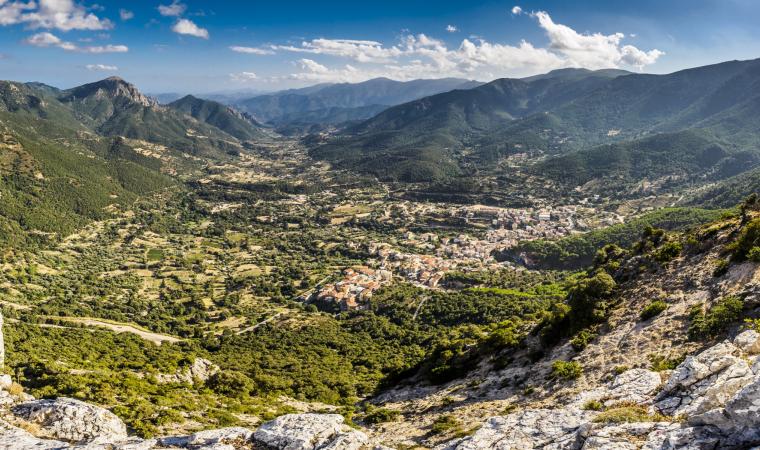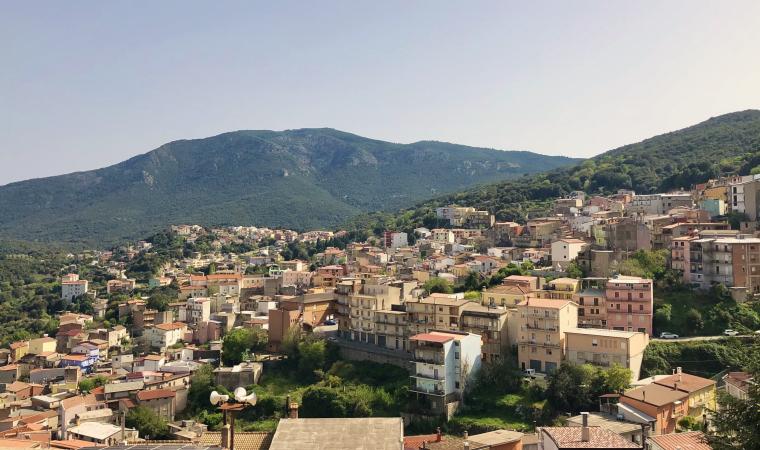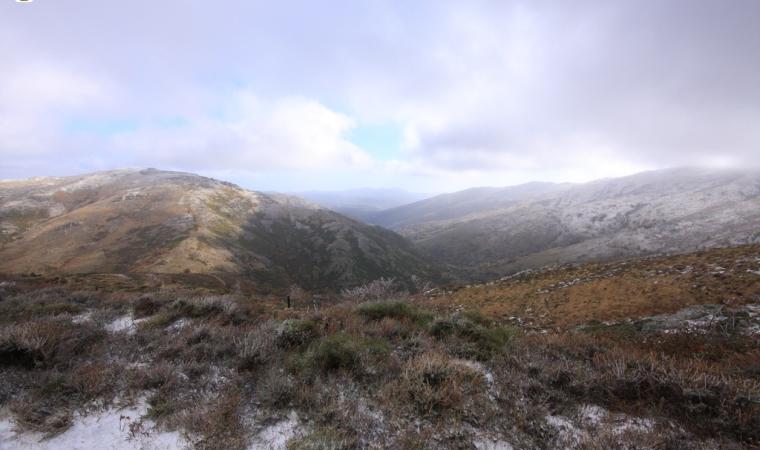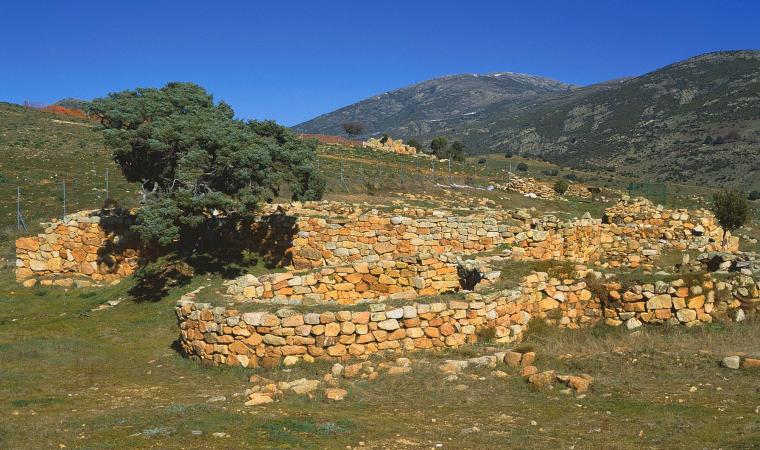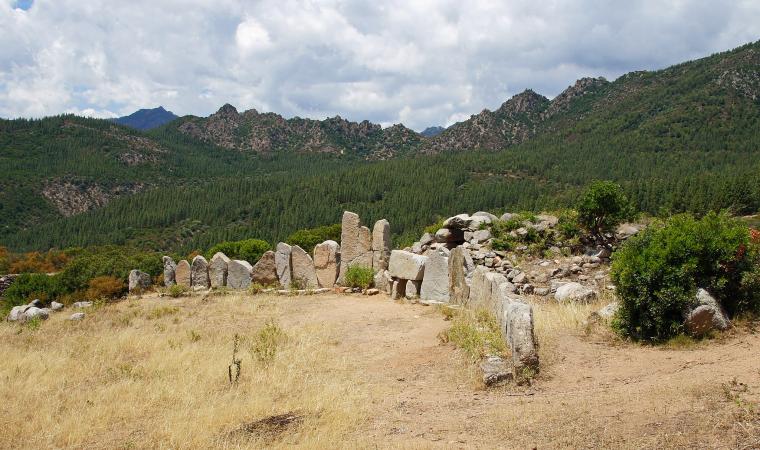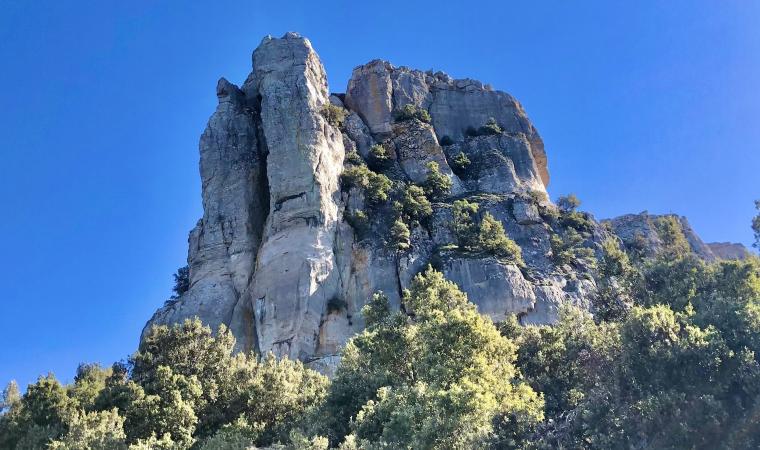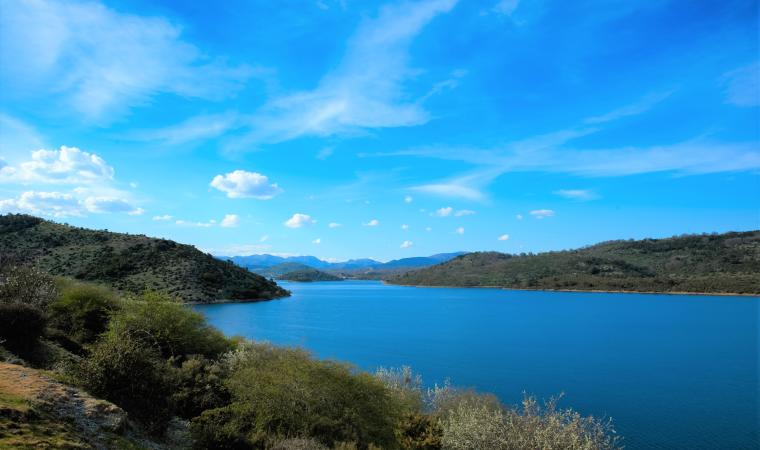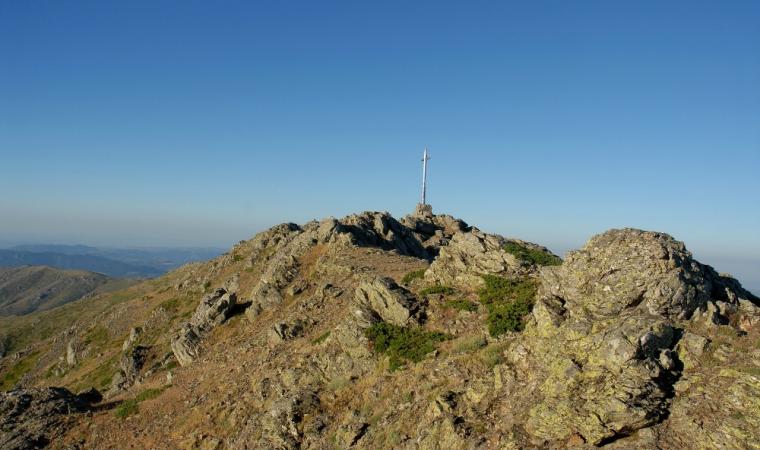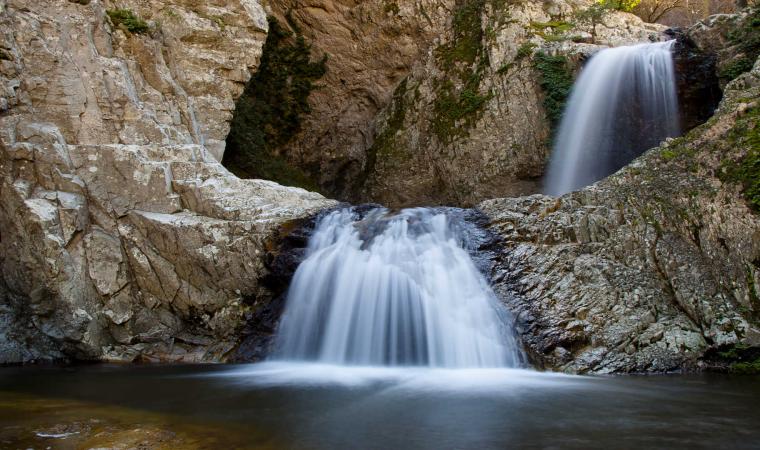It is perched at an elevation of 700 metres. Surrounded by woods, it boats a view that spans from Gennargentu to the north-west, to the coast of Tortolì-Arbatax, 25 kilometres to the south-east. Talana is a town of just over 1000 inhabitants in the heart of the Ogliastra territory, the land of centenarians and ‘aging well’, thanks in part to an unpolluted environment, healthy lifestyle and good food. Uncontaminated nature and infinite scenic views are the town’s attractions: it is an ideal place for hiking along marked trails through thick woods and craggy steep, rocky slopes cut by hidden ravines eroded by water, where the more daring visitors can go canyoning through rapids and small waterfalls. Masses of pink granite extending almost 800 meters up the slopes of Mount Mundugia, with its curious trapezoidal shape and impressive gradient, are worth a look.
The town name has Pre-Roman origins, tracing to Thalna (or Thalana), an Etruscan divinity, or to Tàlara (later Tàlana), used to refer to ‘mountainous areas’. A typical mountain town, it perches on some hillocks truncating the steep ridges below the Forest of Funtana ‘e Filigi, which re-emerge further down and continue to the Valley of Coa ‘e Serra. Talana has retained its original layout: narrow, winding alleys linked by frequent stairways and lined with multi-storey houses, some built using grey granite. The network of streets converges at the Parish of Santa Marta. Constructed in early 19th century, it houses 16th century wooden statues. The church is the site of two festivals: the one in late July is called Santa Marta Piccola (little Saint Marta), and the one in early September, Santa Marta Manna (big Saint Marta). In late September, the town celebrates Saint Michele. The church dedicated to him is now gone, but there is a social-cultural centre bearing his name. On the first Sunday in May, a statue of Saint Efisio is carried in a procession to the small country church dedicated to him.
Tradition recipes are based on culurgiones, roasted meat and cheeses. Excellent products arrive from olive groves, vineyards and pastures: olive oil, cannonau and prosciutto, which visitors have the opportunity to taste at the Regional Show/Market of Prosciutto, held in late July/early August. To learn about local crafts, there is the Arti Antiga exhibition. Set up at the house museum in Via Cavour, it includes textile, wrought iron and pottery items, which explore ancient uses and traditions. The area’s wealth of springs and fountains - Gillaoro, s’Orgoese, Sa Carrera and Funtana ‘e Idda in the town alone – has drawn people as far back as Pre-Nuragic times, as seen from the Domus de Janas of Silla Caccari. The area was densely populated during the Nuragic Era: 70 settlements have been found, often on rocky protrusions. The best examples are the village of Praidas at an elevation of over 100 metres and nuraghes of Bau ‘e Tanca and the well-preserved and mysterious s’Arcu ‘e s’Apiargiu (o Lotzorei).

